Children with low myopia benefit most from HAL and APOK lens designs
Both highly aspherical-lenslet (HAL) spectacles and ProTong aspheric-base orthokeratology (APOK) lenses are more effective at slowing myopia progression in young children with low myopia than traditional orthokeratology lenses or standard single-vision glasses, according to a study.
The study analyzed axial length changes in 166 children between the ages of 8 to 11 years fitted with ProTong aspheric-base OK lenses (APOK), ProTong spherical-base OK lenses (SPOK), Euclid OK lenses (EOK), HAL, or standard single-vision lenses (SVL). After 12 months, children wearing HAL, APOK, or SPOK lenses showed significantly slower eye growth compared to those using EOK or SVL.
Highly aspherical-lenslet wearers had the least axial elongation (0.11 mm), followed by APOK (0.17 mm) and SPOK (0.25 mm). Over half of HAL users and nearly 43% of APOK users experienced minimal eye growth (≤0.15 mm). The APOK and SPOK lenses were also found to produce a more concentrated corneal refractive power profile within the pupillary zone.
Reference
Li N, Luobu L, Du B, et al. Comparing Myopia Control Effects of Three Different Orthokeratology Lenses and Spectacle Lenses With Highly Aspherical Lenslets in Low Myopia Children. Transl Vis Sci Technol. 2025;14(6):27. doi: 10.1167/tvst.14.6.27. PMID: 40521976.

Contact Info
Grandin Library Building
Six Leigh Street
Clinton, New Jersey 08809


